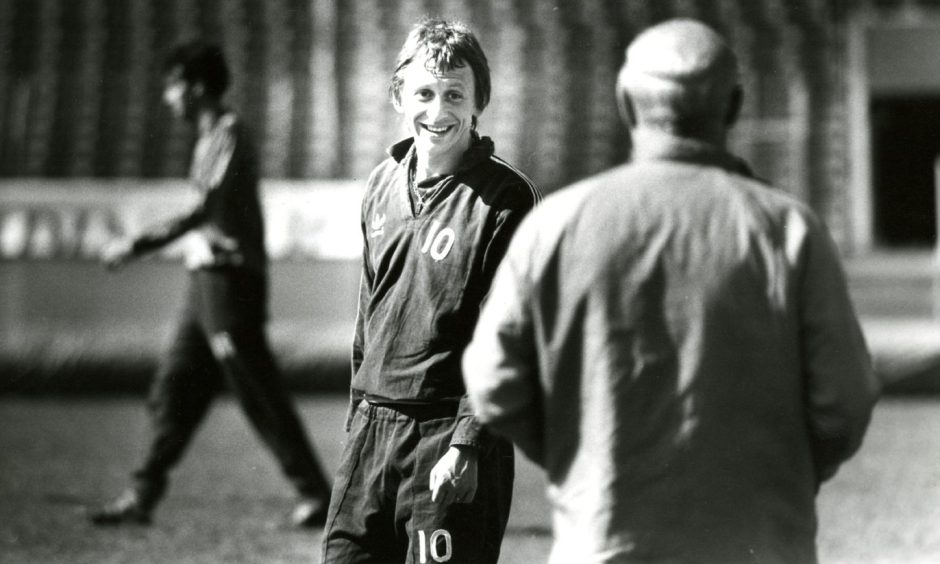
Paul Sturrock signed for Dundee United in July 1974 and his career coincided with the most successful period in the club’s history.
Sturrock grew up in Perthshire and supported Hearts with Norwegian winger Roald Jensen and forward Donald Ford his boyhood heroes.
He played for Grandtully Vale, Vale of Atholl and Bankfoot Juniors.
Sturrock attracted the attention of Rangers before trials with Morton and St Johnstone.
Life changed when Bankfoot Juniors manager Chic McNaughton asked Sturrock if he could go to Perth Ice Rink to meet Jim McLean from Dundee United.
McLean was looking for a 16-year-old for the Tannadice ground staff.
Sturrock signed after a little white lie
Sturrock recalled signing on wages of £3 a week in his 1989 memoir – and the little white lie that might have ended his United career before it started.
“Chic McNaughton was also a scout for Dundee United,” said Sturrock.
“He felt I met the requirements in all but one respect – I was 17.
“He had told the boss a white lie and I was to be his partner in crime in this minor fraud.
“My father was not enamoured by this intended deception, whilst I was terrified – and at that time I hadn’t even met Jim McLean!
“If I had, I would have been aware of his strict adherence to honesty and I would probably never have become a Dundee United player.
“Knowing the boss as I do now, I am not surprised by the outcome of this deception.
“He found out.
“The scout was left in no doubt as to Mr McLean’s feelings on the issue.”
Sturrock left Pitlochry High School on Friday and embarked on pre-season training on the Monday while staying in digs with future United captain Paul Hegarty.
McLean was known as a strict disciplinarian.
“Unfortunately, I didn’t find the level of discipline all that pleasant at the time, but without it, I wouldn’t have enjoyed such a lengthy playing career,” said Sturrock.
“Over the years I have lost a lot of money in fines for various misdemeanours.
“These range from being late for training, not shaving for games, not doing ground staff work properly, having my hair too long and being booked for dissent.”
Sturrock made debut on European stage
Sturrock made his debut for United in the 3-0 win against Jiul Petrosani from Romania at Tannadice in the European Cup Winners’ Cup in September 1974.
“The most vivid thing I can recall about my debut against Petrosani concerned their goalkeeper,” he said.
“I was wondering why, on a mild September evening, he should be wearing a bonnet.
“Soon after I came on I was to find out.
“He got down well to save a low shot, and when he got up his cap fell off to reveal that he was completely bald!”
Sturrock was far from the finished article.
McLean wanted him to change his game from being a through-the-middle runner.
Walter Smith and Gordon Wallace took him for individual coaching.
They taught him how to take the ball to feet and take on defenders down the flanks, which became his trademark.
“I was one of the lucky ones who stayed the course – many young players have come and gone from the club because they were unable to come to terms with the manager’s volatile nature,” said Sturrock.
“What perhaps they didn’t recognise was his single-minded quest to improve not only the team but, more importantly, the individual.”
Trophy haul began with 1979 League Cup
Sturrock became a mainstay in McLean’s squad and scored his first two senior goals in a 2-2 draw against Rangers at Tannadice in April 1975.
He became the club’s top scorer with 17 goals in 43 appearances in 1976/77.
The first major honour came in December 1979 when they beat Aberdeen 3-0 in a replayed final of the League Cup at Dens after a goalless draw at Hampden.
Willie Pettigrew had United 2-0 up before Sturrock grabbed the third.
United successfully defended the trophy the next year against Dundee and Sturrock was man of the match in his 250th competitive appearance.
The two sides decided there would be a greater attendance at a ground in Dundee rather than having to play at Hampden.
The game was played at Dens after a coin toss.
United ran out 3-0 winners and Sturrock got two goals and an assist.
McLean’s men would go on to reach even greater heights both at home and abroad.
United won the Scottish Premier League title with a win over Dundee at Dens when 29,106 fans witnessed the greatest moment in the club’s history.
The derby to beat all derbies
“Obviously it was the sweetest moment of my career,” said Sturrock.
“Few players outside of the Old Firm can boast a league championship medal and so Saturday May 14 1983 ranks as my finest hour.”
McLean’s men made the short walk from Dens to Tannadice where they celebrated with champagne in the boardroom.
The players were keen to let their hair down and went on to a Player of the Year dance in Coupar Angus before singing and dancing in several hostelries.
Frank Kopel’s three-bedroom bungalow in Monifieth played host to an incredible party, which was attended by 78 people and you couldn’t get past the hall.
Sturrock arrived home at 7am.
United reached the semi-finals of the European Cup in 1984, and, in 1987, advanced to the Uefa Cup final after beating the mighty Barcelona on the way.
United went on to lose the final 2-1 over two legs against IFK Gothenburg, with a 1-0 Scottish Cup final defeat to St Mirren sandwiched in between.
The supporters greeted the United players as heroes as they left the ground.
Paul Sturrock was brought to tears in 1987
What made the response extra-special, though, was that the applause and cheers continued as the Swedish players went on a lap of honour around the pitch.
“The occasion certainly lived up to all I imagined,” said Sturrock.
“The standing ovation given to Gothenburg as they did a lap of honour and the even louder ovation for us brought me and almost the rest of the United side to tears.”
Sturrock won 20 caps for Scotland during his playing career.
He had the distinction of being the first Dundee United player to score for Scotland and played at the 1986 World Cup in Mexico.
He retired through injury at the age of 32 in 1989.
Sturrock was one of Scottish football’s great one-club men.
His 171 goals in 575 appearances contributed to memories the fans hold dear.
Sturrock became a first team coach under McLean.
He took a first step in management with St Johnstone and won promotion to the Premier League in 1997.
He couldn’t resist the temptation to take over old club Dundee United in 1998.
It was a full circle moment of sorts.
There were managerial spells at Plymouth Argyle, Southampton, Sheffield Wednesday, Swindon Town, Southend United and Yeovil Town.
But Sturrock will always be associated with Tannadice.
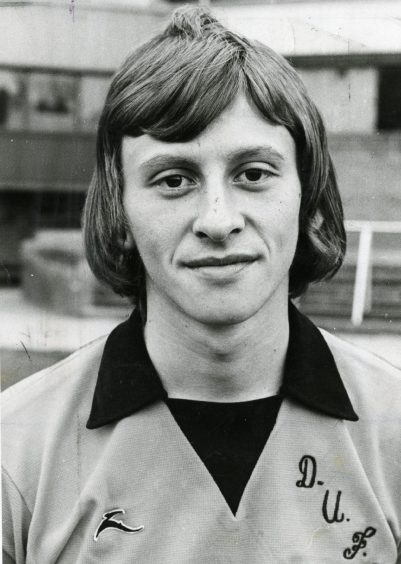
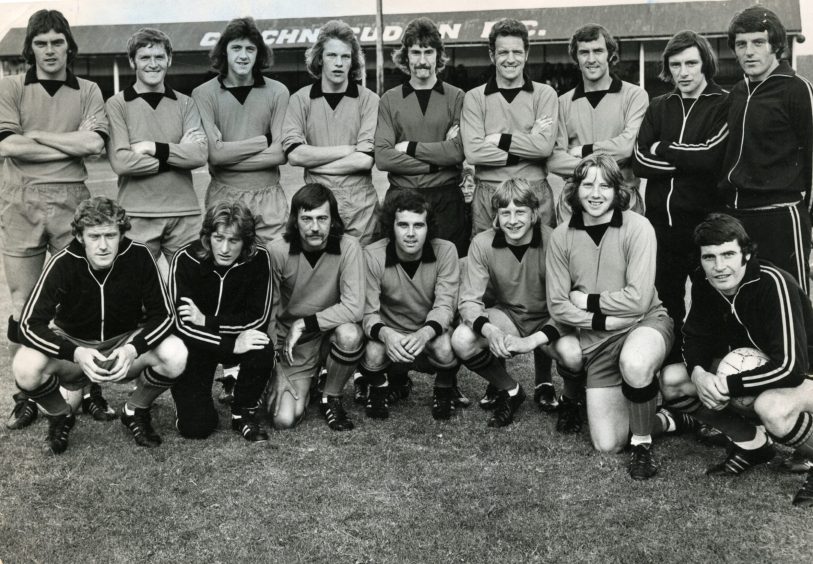
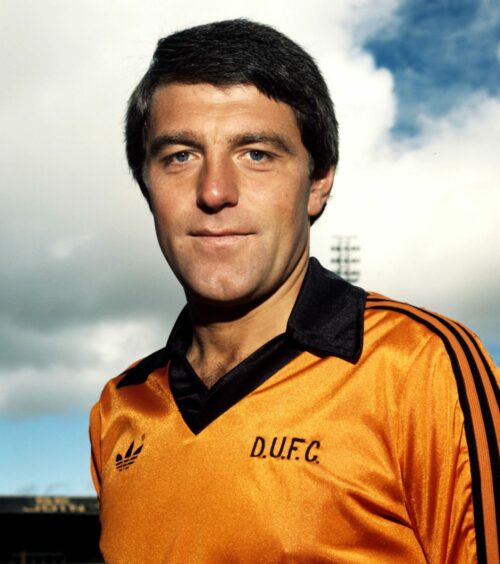
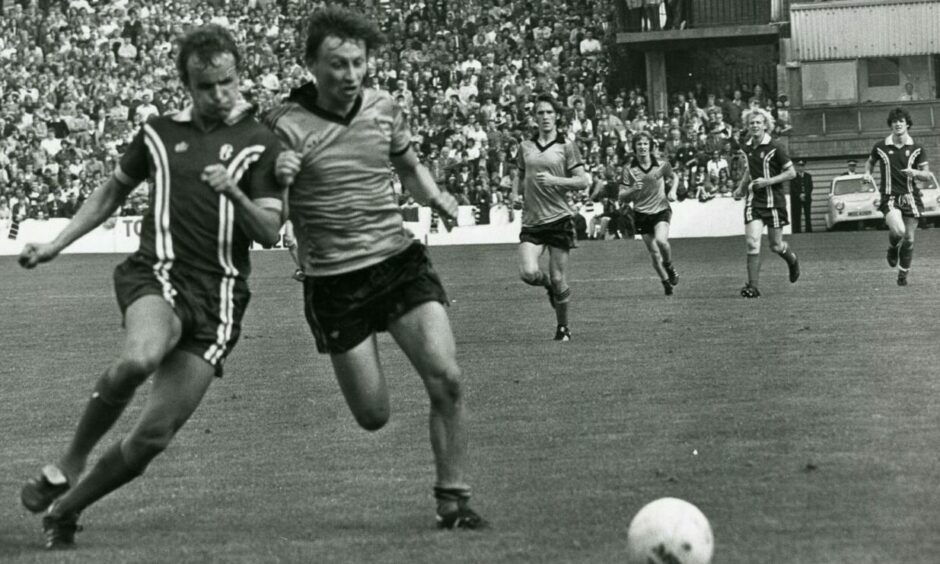
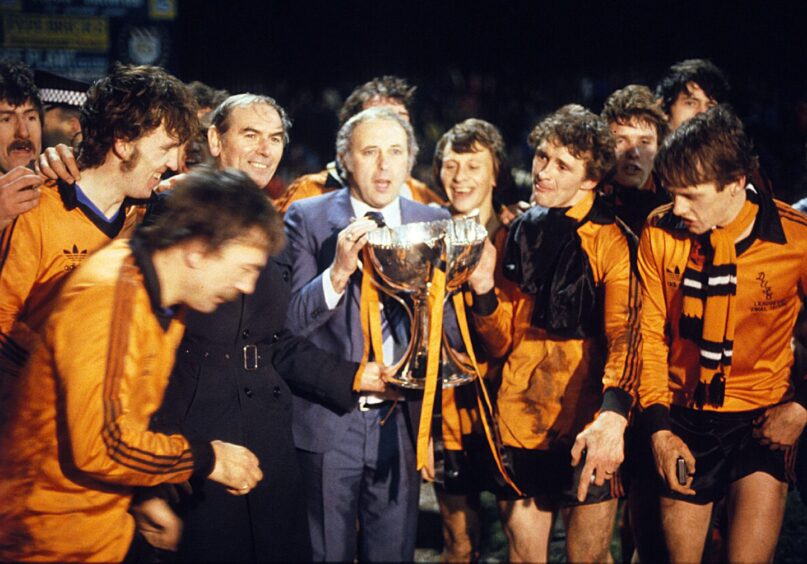

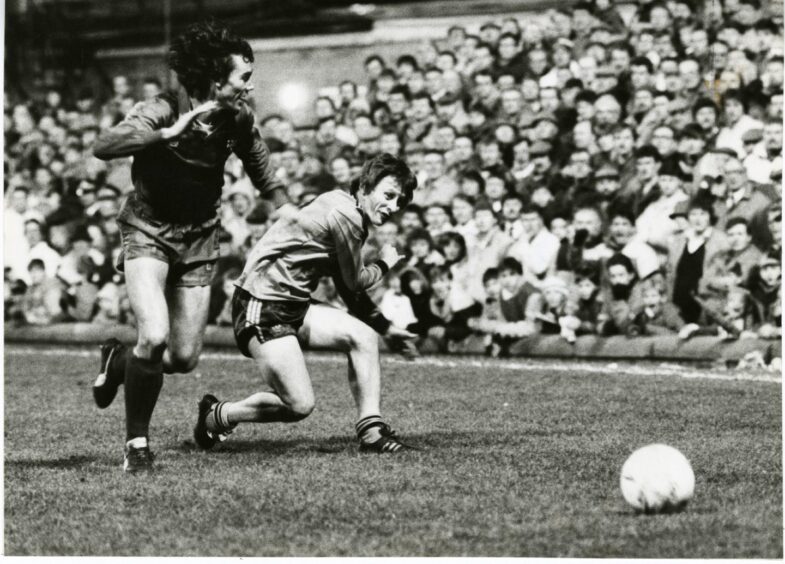
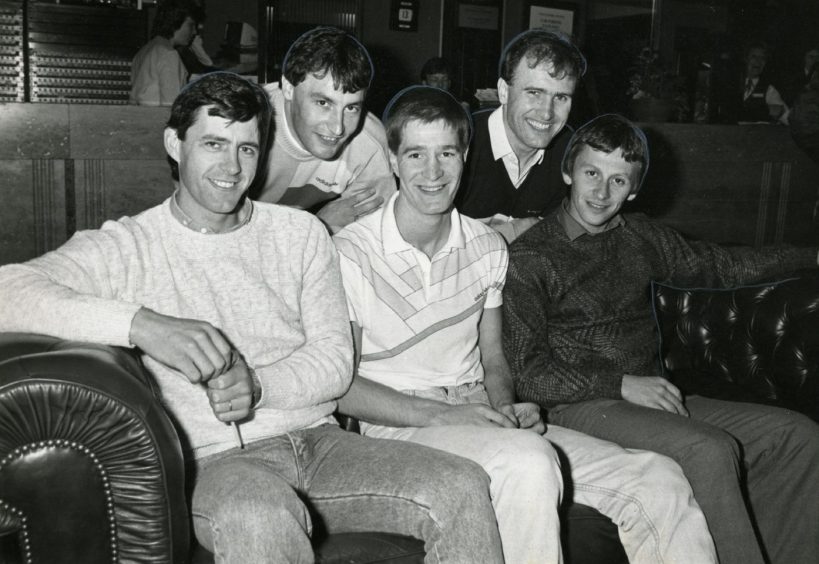
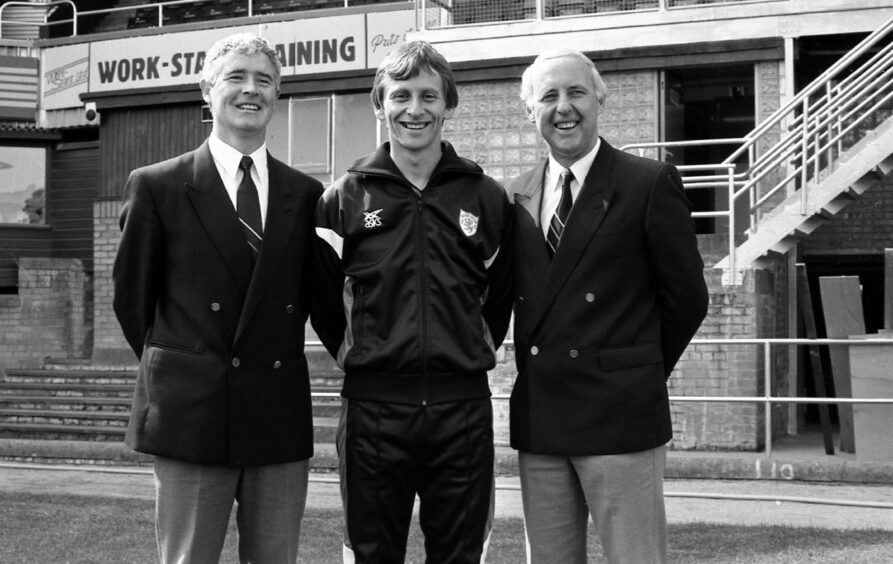
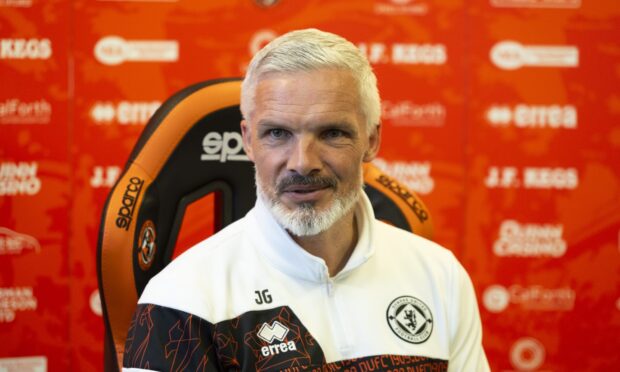
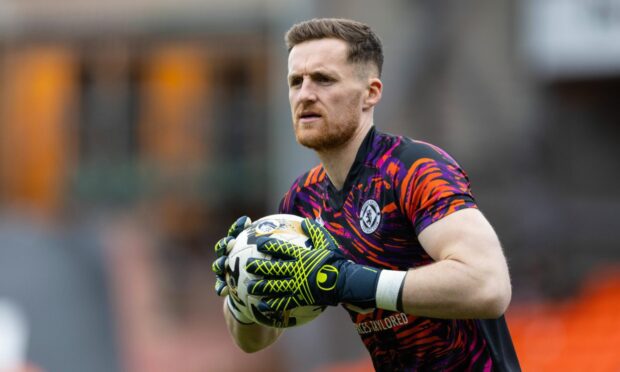
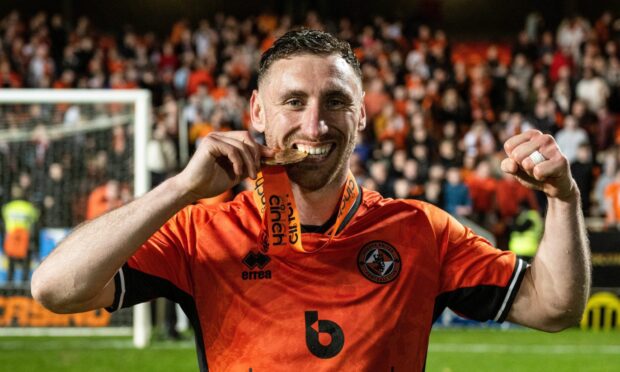
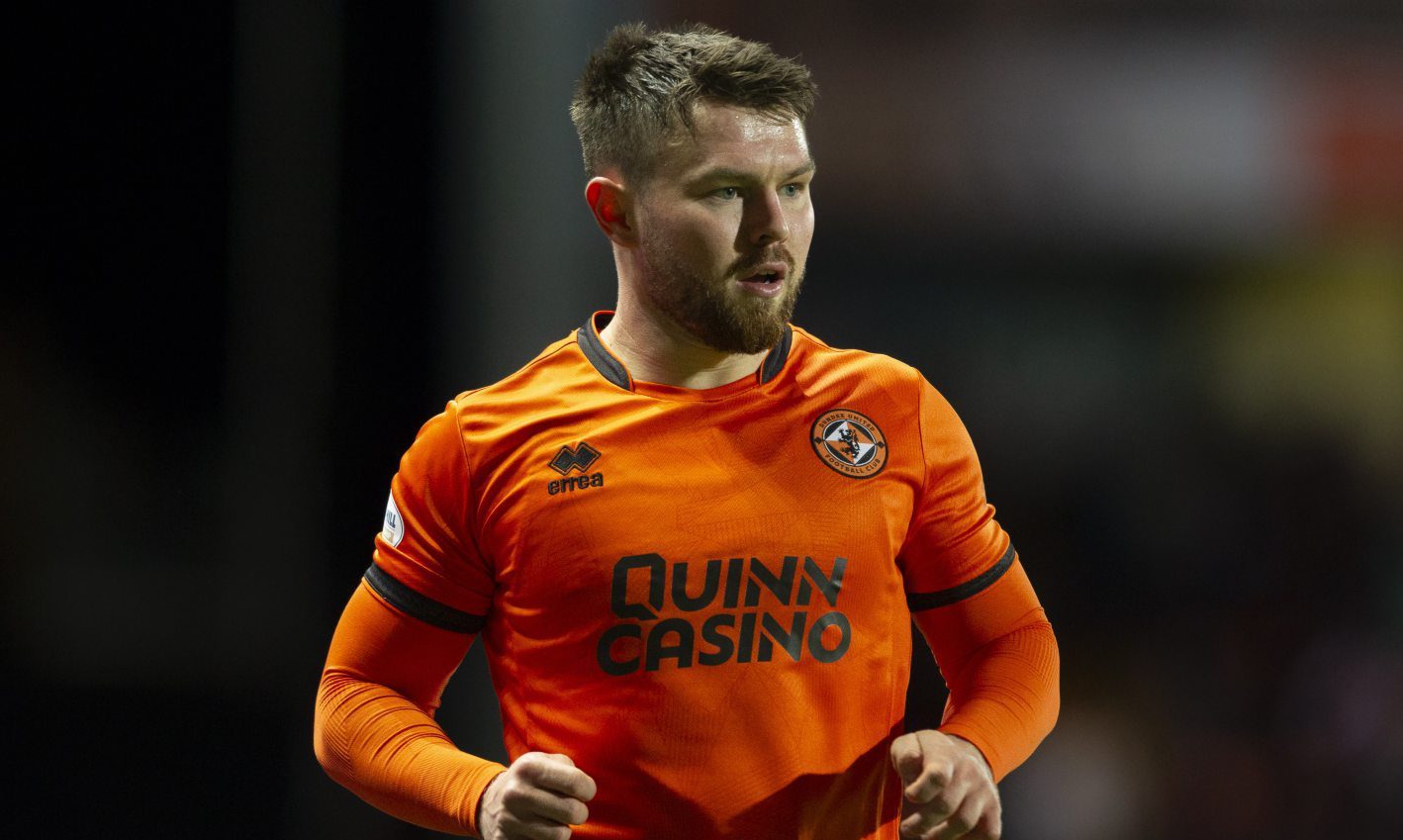
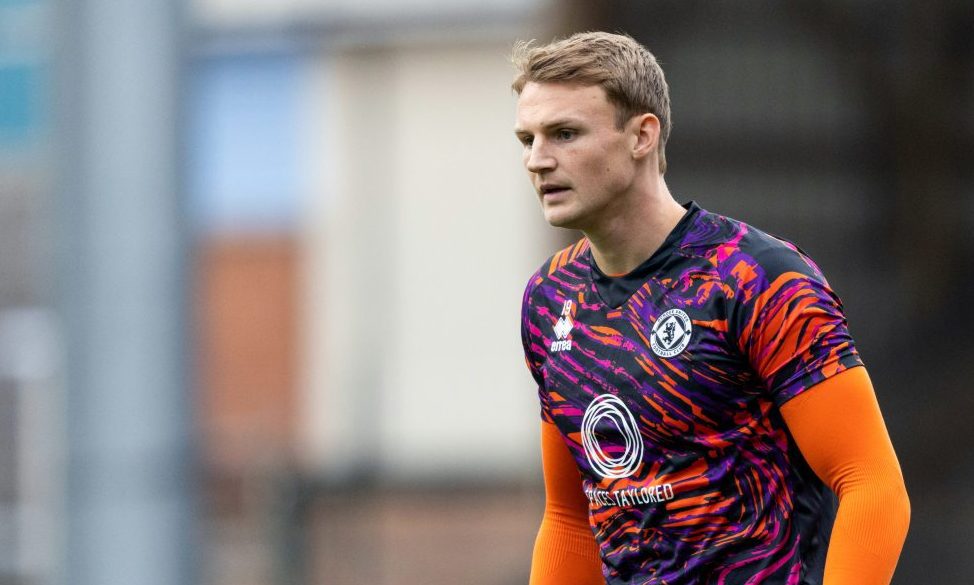

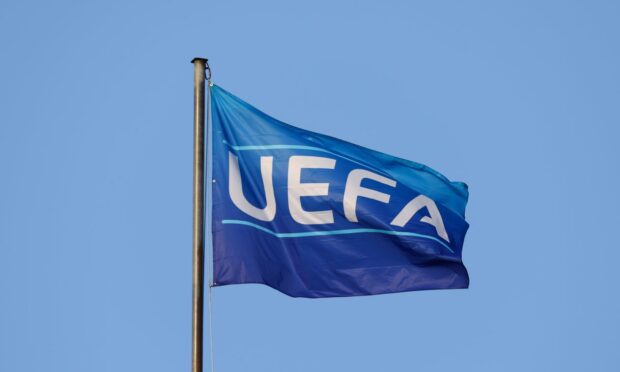
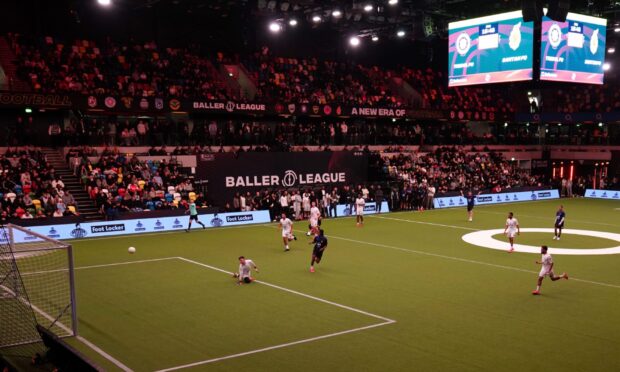

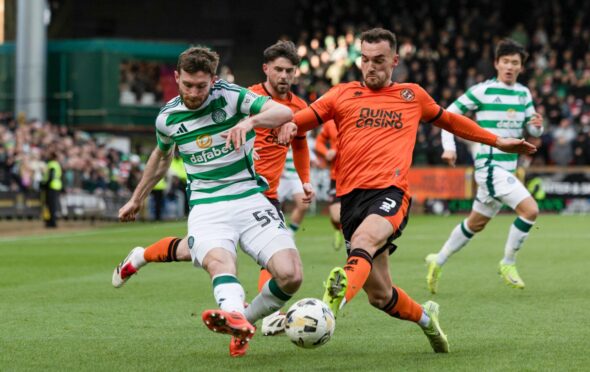
Conversation